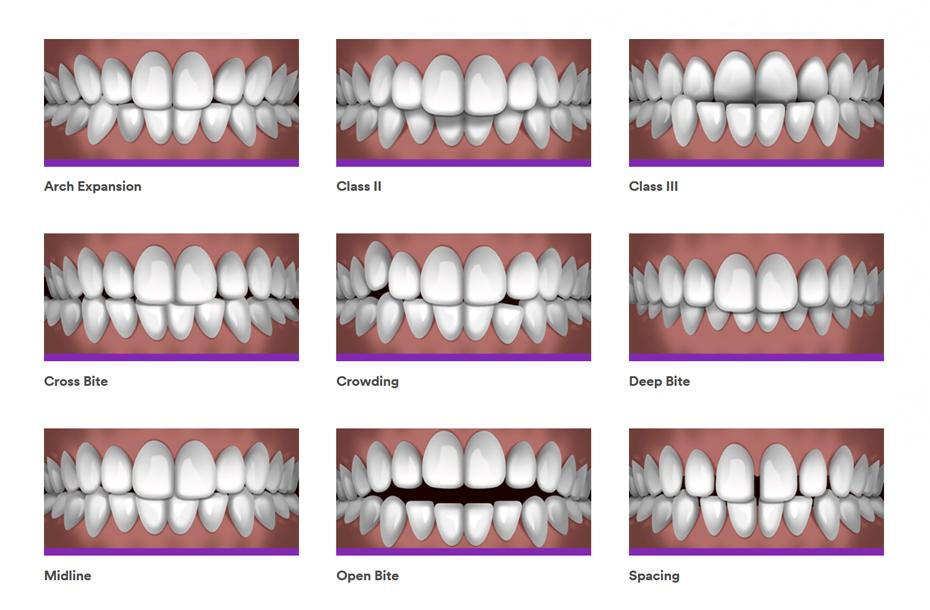Indicators on Causey Orthodontics You Need To Know
Table of ContentsThe Ultimate Guide To Causey OrthodonticsSome Known Factual Statements About Causey Orthodontics The smart Trick of Causey Orthodontics That Nobody is Talking AboutCausey Orthodontics for DummiesThe Ultimate Guide To Causey Orthodontics
Disregarding occlusal relationships, it was typical to eliminate teeth for a range of oral issues, such as malalignment or overcrowding. The concept of an undamaged dentition was not extensively valued in those days, making bite connections seem irrelevant. In the late 1800s, the idea of occlusion was essential for developing reliable prosthetic replacement teeth.As these ideas of prosthetic occlusion progressed, it became a very useful device for dentistry. It remained in 1890 that the work and influence of Dr. Edwards H. Angle began to be really felt, with his payment to modern orthodontics specifically noteworthy. At first focused on prosthodontics, he taught in Pennsylvania and Minnesota prior to routing his focus towards dental occlusion and the treatments required to keep it as a regular problem, thus ending up being recognized as the "father of modern-day orthodontics".

The concept of perfect occlusion, as proposed by Angle and incorporated right into a classification system, allowed a shift in the direction of treating malocclusion, which is any kind of inconsistency from typical occlusion. Having a complete collection of teeth on both arches was very searched for in orthodontic treatment due to the demand for precise relationships between them.
The Facts About Causey Orthodontics Revealed
As occlusion ended up being the vital top priority, face proportions and visual appeals were ignored - Causey Orthodontics. To accomplish optimal occlusals without making use of exterior pressures, Angle proposed that having perfect occlusion was the most effective means to get optimal facial looks. With the passing away of time, it came to be fairly obvious that even an extraordinary occlusion was not appropriate when considered from a visual viewpoint
Charles Tweed in America and Raymond Begg in Australia (who both studied under Angle) re-introduced dental care removal into orthodontics during the 1940s and 1950s so they could enhance face esthetics while also making sure better security worrying occlusal connections. In the postwar period, cephalometric radiography begun to be used by orthodontists for gauging changes in tooth and jaw setting triggered by growth and therapy. It became evident that orthodontic treatment can adjust mandibular advancement, resulting in the formation of useful jaw orthopedics in Europe and extraoral force procedures in the United States. These days, both practical home appliances and extraoral tools are used around the world with the objective of modifying development patterns and forms. Going after true, or at least boosted, jaw relationships had actually become the primary goal of treatment by the mid-20th century.
What Does Causey Orthodontics Mean?
 Till the mid-1970s, dental braces were made by wrapping steel around each tooth. http://www.localzzhq.com/directory/listingdisplay.aspx?lid=78566., it came to be possible to rather bond steel braces to the teeth.
Till the mid-1970s, dental braces were made by wrapping steel around each tooth. http://www.localzzhq.com/directory/listingdisplay.aspx?lid=78566., it came to be possible to rather bond steel braces to the teeth.This has actually had significant impacts on orthodontic therapies that are provided consistently, and these are: 1. Correct interarchal partnerships 2. Appropriate crown angulation (suggestion) 3.
The benefit of the style depends on its bracket and archwire combination, which requires just marginal cable flexing from the orthodontist or medical professional (best orthodontist). It's aptly called after this attribute: the angle of the port and thickness of the bracket base inevitably establish where each tooth is located with little need for added control
An Unbiased View of Causey Orthodontics
Both of these systems employed similar braces for each tooth and required the flexing of an archwire in 3 aircrafts for locating teeth in their preferred placements, with these bends determining ultimate placements. When it comes to orthodontic appliances, they are split right into 2 types: detachable and repaired. Removable home appliances can be tackled and off by the individual as required.

Thus, nearly all modern set devices can be taken into consideration variations on this edgewise appliance system. Early 20th-century orthodontist Edward Angle made a major payment to the globe of dentistry. He created 4 distinctive device systems that have actually been made use of as the basis for several orthodontic treatments today, barring a couple of exemptions.
How Causey Orthodontics can Save You Time, Stress, and Money.

The cable ended in a thread, and to relocate onward, a flexible nut was used, which enabled a rise in area. By ligation, each individual tooth was connected to this large archwire (orthodontist near me). Due to its minimal variety of motion, Angle was incapable to accomplish accurate tooth positioning with an E-arch
These tubes held a soldered pin, which might be repositioned at each visit in order to move them in position. Referred to as the "bone-growing home appliance", this device was theorized to encourage healthier bone development as a result of its possibility for moving force straight to the origins. However, implementing it showed problematic actually.